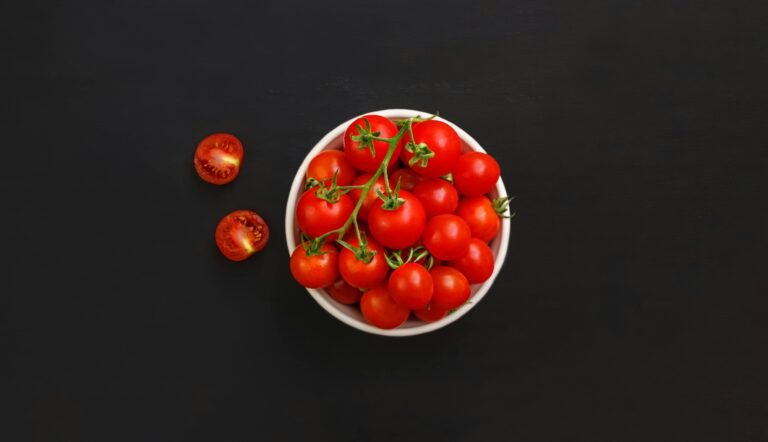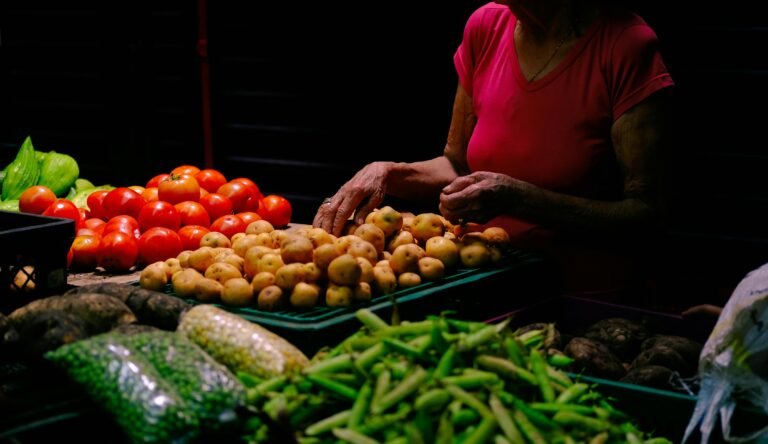Balanced nutrition. What are proteins?
This is the second article on how to make a balanced diet, that is a balanced diet at the level of macronutrients, which as we have seen in the previous article are: carbohydrates, proteins and fats, with fibers for which a separate discussion is made, that is, they can be considered a fourth macronutrient even if in an improper way (in fact, more than nourishing, the fibers have a mechanical function, that is, they help intestinal regularity, always if not too many are taken, and they also act as a sponge, that is, they absorb and limit the assimilation of part of the nutrients, therefore of part of the calories introduced by food). In the first article ( here) I told you about carbohydrates.
Today it’s the turn of proteins: what are proteins?I will try to make a simple but clear speech, so that at least some basic information is within everyone’s reach. But, clearly, for those who are experienced this speech will be very simplified.
Proteins are chains of amino acids. So when we eat protein foods, we are ingesting amino acids. What are they for? Protein is an important macronutrient for the construction, maintenance and repair of human tissues (since we are talking about human nutrition). In particular, through nutrition, it is important that we take in the eight essential amino acids that our body cannot produce itself (eight plus two semi-essential ones, out of twenty amino acids which, among all, we need to assimilate and form proteins).
And here the donkey falls. This is something that many people fail to understand: there are foods that provide us with all the essential amino acids, so we can say that the proteins contained in these foods will be assimilated by our body; there are foods that, on the other hand, only partially provide us with these amino acids , and therefore must be (in a day, not necessarily in the same meal but over a period of time such that the body replenishes the amino acid stocks) integrated with other foods that contain amino acids missing. So: if we eat the first foods , we are quite sure of assimilating their proteins; if we eat the latter, we must always remember to eat other foods to compensate for protein synthesis.
WHAT ARE THE PROTEINS?
Foods that contain proteins are therefore divided into two subgroups . In the first case (foods that contain all the essential amino acids, roughly) we will have noble proteins, commonly called so because they have a more complete amino acid profile.
This first group includes animal proteins from meat, fish, cheese and dairy products, milk (and related products: such as whey or yogurt) and finally eggs . That is, if we eat these foods, we do not have to worry too much about supplementing the diet with other foods in order to achieve a good amino acid profile. In the second case, cereals, tubers, legumes, oil seeds and other vegetables are included
Among the best combinations, we already know, we find whole grains and legumes or seitan and legumes. A perfect dish might be legumes with whole grains, vegetables, and a teaspoon of roasted oilseeds.





























+ There are no comments
Add yours